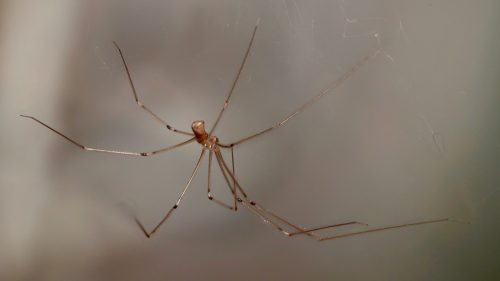I have been daydreaming about doing some collecting trips this summer — I have been seduced by the exotic opportunities of tromping around the southern part of Minnesota, place like Pipestone and maybe even making forays into South Dakota and Iowa. Yeah! Get wild with it!
And then, the American Arachnological Society announces the location of their 2024 meeting. It’s going to be in Chetumal, Mexico.

Chetumal is located in the south of the state of Quintana Roo, on the border with Belize. It’s a small town surrounded by mangrove swamps and forest, lagoons such as Bacalar, home to numerous chelicerates in addition to Mayan remains. It faces a gigantic bay that is a reserve for manatees and is located at the gateway to the Caribbean.
“home to numerous chelicerates” isn’t normal advertising copy for a travel destination, but you’ve got to know your audience. Think of the spiders you could find! Suddenly, the south of Minnesota looks tepid and boring.
I have some trepidations. I have zero confidence in airlines anymore, after that catastrophic collapse of my last trip to AAS (the meeting was in upstate NY, couldn’t even get there because airlines kept canceling flights, ended up sitting in the Minneapolis airport for a couple of days). I don’t know if I can scrape any money out of my university travel budget after that expensive debacle.
On the plus side, I do have some Patreon savings I could use — and of course I’d have to fill my Patreon page with travel photos of beautiful Chetumal. You know, the usual touristy things of closeups of spiders in the mangrove swamps. I’ve never been on the glitzy side of scientific conferences, so this might be my last chance. And it’s Mexico! I love Mexico!
So now I begin a period of indecisive agonizing, to go or not to go. I may end up looking at my budget and deciding it’s not possible, but as long as I haven’t done any accounting, I can dream.









